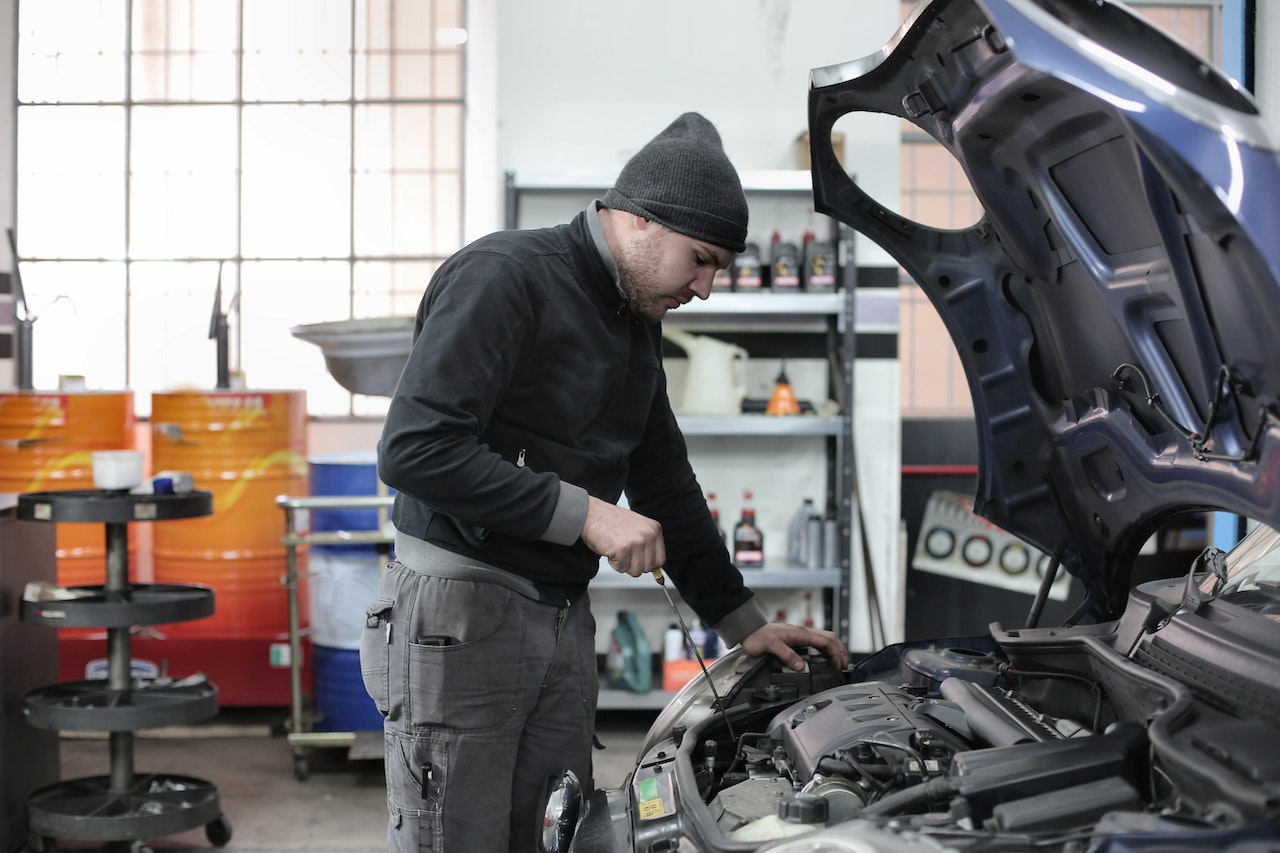How to Repair a Keyed Car
Have you ever walked up to your car and noticed a series of deep scratches caused by a key? It’s a frustrating experience that can leave you feeling helpless and wondering how to fix the damage. In this article, I’ll share some valuable tips and techniques on how to repair a keyed car. Whether you’re dealing with minor scratches or more extensive damage, I’ll provide you with step-by-step instructions to help restore your car’s appearance and protect its value.
Repairing a keyed car may seem like a daunting task, but with the right tools and techniques, it’s something you can tackle on your own. In this article, I’ll guide you through the process of repairing those unsightly scratches. From assessing the damage to selecting the right products, I’ll walk you through each step to ensure a successful repair. By following these simple yet effective methods, you’ll be able to restore your car’s finish and regain your peace of mind.
Understanding Keyed Car Damage
What is Keyed Car Damage?
Keyed car damage refers to scratches or gouges that are intentionally made on the surface of a vehicle using a sharp object, such as a key or knife. This type of vandalism can range from minor surface scratches to deep cuts that penetrate the paint and expose the metal underneath. Keyed car damage is not only unsightly but can also lead to rust and further deterioration if left untreated.
Types of Keyed Car Damage
There are two main types of keyed car damage:
- Surface Scratches: These are shallow scratches that only affect the top layer of paint. They are usually caused by a lighter touch with the sharp object and can be easier to repair. Surface scratches can often be buffed out or treated with touch-up paint.
- Deep Cuts: Deep cuts are more severe and penetrate through the paint and into the metal of the car. These types of damage require more extensive repair work, as they may involve sanding, filling, and repainting the affected area. In some cases, professional assistance may be necessary to ensure a seamless repair.
It is important to thoroughly assess the extent of the keyed car damage before proceeding with repairs. By understanding the types of damage, car owners can determine the appropriate repair methods and products needed to restore their vehicle’s appearance.

Gathering the Necessary Tools and Materials
Cleaning Supplies
When it comes to repairing a keyed car, having the right tools and materials is essential. One of the first things you’ll need is a set of cleaning supplies. This will ensure that the surface of your car is free from any dirt, debris, or contaminants that could interfere with the repair process. Some cleaning supplies you’ll want to have on hand include:
- Car wash soap
- Microfiber towels
- Rubbing alcohol or paint thinner
Sandpaper and Filler
To effectively repair the keyed area, you’ll need sandpaper and filler. Sandpaper is used to smooth out the damaged surface, while filler is used to fill in any deep scratches or cuts. Here are the key items to have in your toolkit:
- Various grits of sandpaper (ranging from coarse to fine)
- Body filler
- A putty knife or filler applicator
Primer and Paint
Once the surface has been cleaned and prepped, it’s time to apply primer and paint. Primer helps to create a smooth and even base for the paint, while paint will restore the color and finish of your car. Here are the necessary supplies:
- Automotive primer
- Automotive paint (matched to your car’s color)
- Paint sprayer or brush
Clear Coat
Lastly, don’t forget the clear coat. Clear coat is a protective layer that adds gloss and durability to the repaired area. It also helps to blend the new paint with the surrounding paint for a seamless finish. Make sure to have the following:
- Automotive clear coat
- Clear coat applicator (sprayer or brush)
Conclusion
Repairing a keyed car may seem like a daunting task, but with the right tools and techniques, it can be done effectively. By acting quickly, accurately assessing the damage, and selecting the appropriate products, you can restore your car’s appearance and protect its value.
By following the advice in this article, you can restore your car’s appearance and minimize the need for costly repairs. Don’t let a keyed car bring you down – take action and restore your vehicle’s beauty today!







































